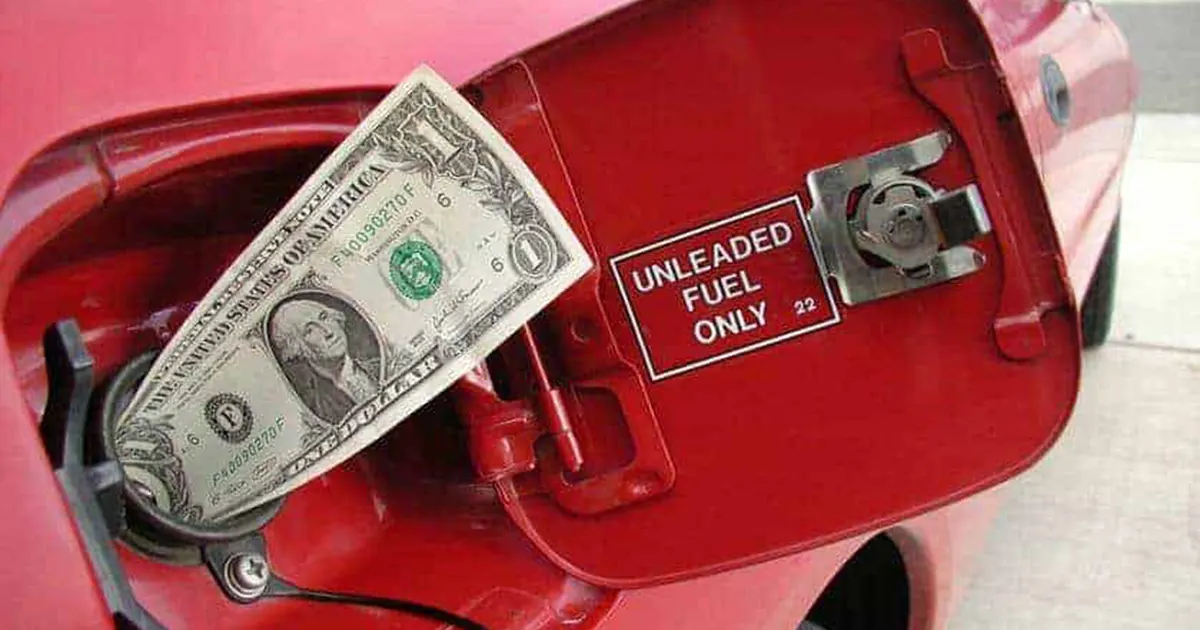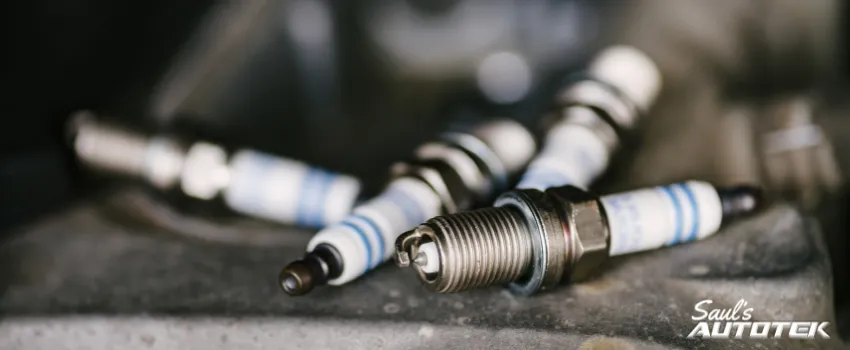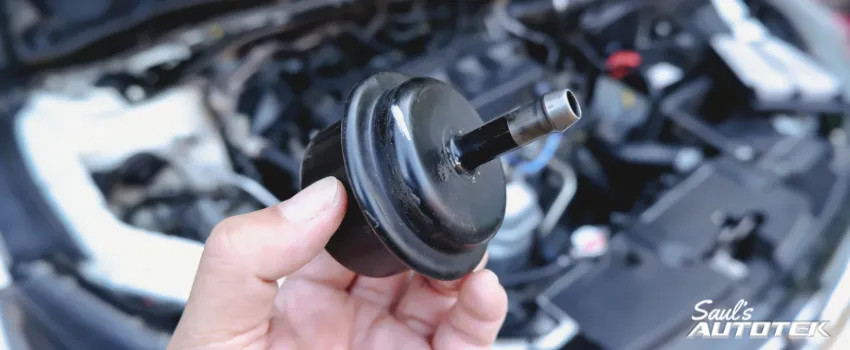The easiest and most effective way to improve the fuel economy of any car is to modify your driving habits. Recommendations are provided below, and more information can be found at fueleconomy.gov.
- Air Filters
- Alignment
- Tune Up
- Tire Pressure
- Gas Cap
- Slow Down
- Drive Smoothly
- Let Off/ No Hard Braking
- Remove Excess Weight
- Avoid Idling
Autotek is happy to provide a “fuel economy performance check” on your vehicle today. This service is $99 and takes approx. 1-2 Hours to complete.
Typical findings include clogged air filters, obstructed fuel filters, poor performing spark plugs, inefficient fuel injectors, mis-aligned wheels and under-inflated tires, etc.
These things add up! A “smart” fuel economy-minded “hyper-miling” driver can BEAT CAFE Fuel Economy standards by 10%. Most of us fall short of them by 10-25%! We could be doing 1⁄3 better all on our own!
Let Autotek show you how…..
- Minimize cold engine operation. To save fuel, start the engine and then drive the car normally to warm the engine to operating temperature more rapidly.
- Drive conservatively. Avoid “jack rabbit” starts, rapid acceleration and hard braking, which can lower fuel economy by 15 to 30 percent at highway speeds and 10 to 40 percent in stop-and-go traffic.
- Shift gears efficiently. If your car has a manual transmission, upshift as soon as practical. When coming to a stop, use the brakes rather than downshifting to slow the car.
- Anticipate road conditions. Monitor the traffic ahead and “time” stoplights to maintain momentum and avoid unnecessary acceleration and braking.
- Observe speed limits. Fuel economy peaks at around 50 mph on most cars, then drops off as speeds increase. Reducing highway speeds by 5 to 10 mph can increase fuel economy 7 to 14 percent.
- Use cruise control. Minimizing speed fluctuations on the highway saves gas. However, never use cruise control on slippery roads as it could cause a loss of vehicle control.
- Use a “fast pass” on toll roads. These electronic transponders save fuel by minimizing or eliminating tollbooth slowdowns and stops.
- Avoid excessive idling. A car engine consumes one quarter to one half gallon of fuel per hour when idling, but a warm engine only takes around 10 seconds worth of fuel to restart. Where safe to do so, shut off your engine if you will be stopped for more than a minute.
- Plan your trips. Combine errands and route your travel to minimize back-tracking. Identify “one stop” business locations where you can do multiple tasks (banking, shopping, etc.) without extra driving.
- Avoid rush hour. If your employer supports “flex time” work hours, take advantage of this option to commute and run errands during off-peak traffic periods.
Practice Good Car Maintenance. Poorly maintained vehicles are less efficient and use more fuel. Here are some car care tips to help you get better fuel economy:
- Remove unnecessary items from the vehicle. An extra 100 pounds can reduce fuel economy up to 1 percent. Note that cargo weight affects the fuel mileage of smaller vehicles more than larger ones.
- Perform regular car maintenance at the intervals recommended by the vehicle manufacturer in the owner’s manual or as indicated by the in-car maintenance reminder system.
- When its times for an oil change, make sure to use the proper type. Most newer cars require low-viscosity, energy-conserving, semi- or full-synthetic oils. Autotek does this at every service.
- Buy quality fuel. Use the gasoline grade (regular, mid-grade or premium) recommended by the car’s manufacturer, and choose Top Tier™ brands to prevent fuel system and engine deposits that reduce efficiency.
- Check the tires for proper inflation at least once a month. Under-inflated tires have increased rolling resistance that reduces fuel economy. They can also overheat and blow out.
- Make sure the engine air filter is clean. A dirty filter can reduce fuel economy on older carbureted cars, although it only affects maximum power output on modern fuel-injected engines.
- Head to an auto repair shop for service as soon as possible if the “check engine” light comes on. This light indicates a fault that can increase exhaust emissions and decrease fuel economy.
- Try to avoid the use of rooftop luggage carriers. Items transported on top of the car significantly increase aerodynamic drag, which reduces fuel economy.
- Park in the shade. During the summer, heat built-up from the sun will require increased use of the air conditioning system, reducing fuel-efficiency.
- Use a block heater. In cold winter climates, this helps the engine reach operating temperature, where it is most fuel efficient, more quickly.
- Turn off the air conditioning and roll down the windows to save fuel. This works, even at highway speeds, but the added heat and noise can be uncomfortable and increase driver fatigue.
Choose a New Car Wisely
Many factors affect a vehicle purchase decision, including personal preferences and safety concerns. Generally, smaller cars get better fuel economy than larger ones, and hybrid cars are more efficient than comparable non-hybrid vehicles. If you are seeking maximum fuel mileage, choose the least amount of car that meets your day-to-day driving needs. You can always rent a larger vehicle when one is required. A single person who rarely carries passengers may find a subcompact fills the bill. A couple with children is more likely to need a minivan or SUV. And, people who haul heavy loads or tow trailers often find a pickup truck is the most appropriate solution.Once you choose a vehicle type, look for models in that category with the best fuel economy ratings. If there is a choice of engines and/or transmissions, choose the most efficient combination that meets your needs. Also, look for a car that uses regular grade gasoline rather than more expensive premium. Finally, consider options and features that can contribute to fuel savings. For example, lighter-colored cars and tinted windows reduce interior heat loads and require less air conditioning use.
If you own more than one car, choose the best vehicle for the task. For solo travel, use the smallest and most fuel-efficient car. To carry many passengers or lots of cargo, select a larger model. This might seem obvious, but it is easy to overlook the savings that wise vehicle choices can generate over time. For example, the 2017 AAA Your Driving Costs study lists the fuel expenses for a small sedan driven 15,000 miles annually at $1,077, while the equivalent cost for a 4WD pickup truck is $2,082 – nearly double.






